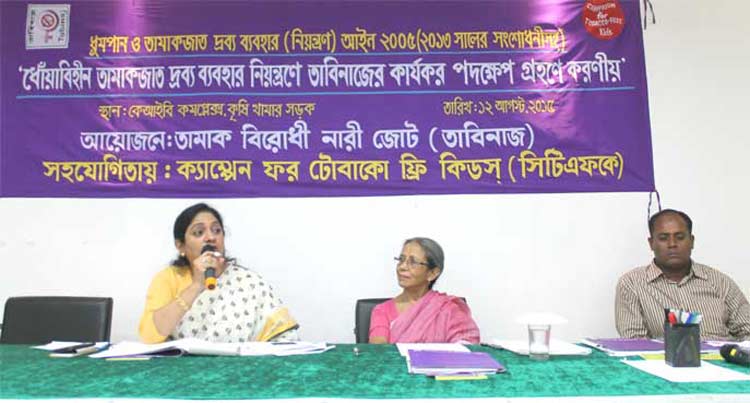Conditions of women workers in Smokeless Tobacco factories in Bangladesh
UBINIG
Investigation by UBINIG (Policy Research for Development Alternative)
Smokeless tobacco use in Bangladesh
In Bangladesh, 20.6% of adult population (22 million) uses smokeless tobacco. The mostly used smokeless tobacco (SLT) products are Zarda, Gul and Sadapata. Overall among the 37.8 million tobacco users in the country, smokeless tobacco use is higher (20.6%) than smoking 18% [1]. Bangladesh ranks the third (after India & Nepal) highest smokeless tobacco use among 9 southeast and south Asian countries [2].
The Smoking and Tobacco Use (Control) Act. 2005, amended 2013 has included three smokeless tobacco products (Zarda, Gul and Sadapata) in the definition of tobacco products, bringing these under the purview of the law to regulate their use.
Survey on Smoke...



